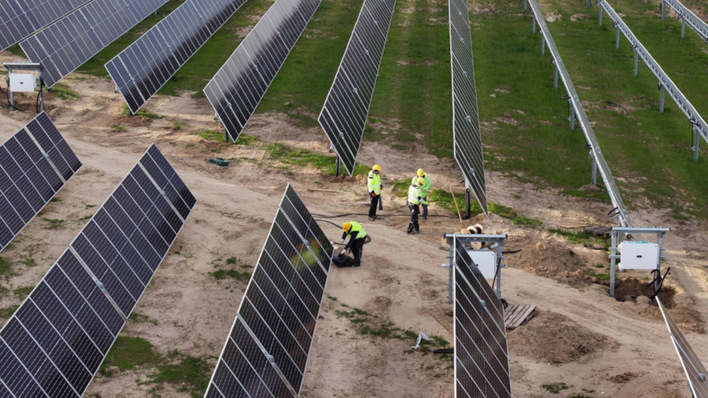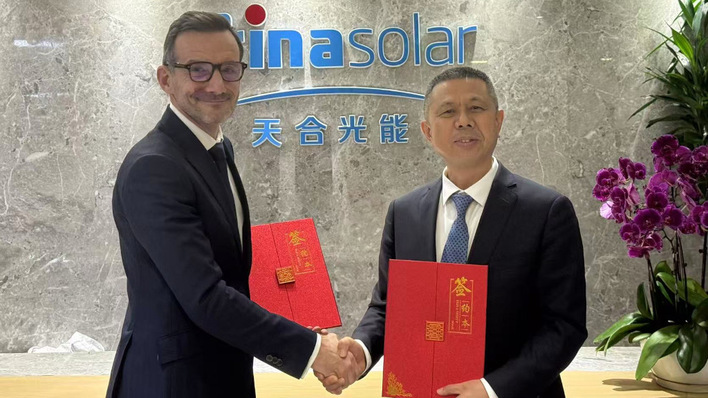In a statement published on Monday, EIC CEO Stuart Broadley commented on the white paper:
EIC research (as laid out in the 2020 EIC Survive and Thrive Insight Report) shows that over the last 5 years only 15% of the UK’s energy supply chain have chosen development of new export markets as their primary growth strategy.
With developing new export markets being the least used and riskiest growth strategy, the withdrawal of government export support and funding for the oil and gas sector almost guarantees that exports will happen less. Of the 3,500 companies (with more than £1m in annual revenues, excluding subsidiaries) in the UK energy supply, more than 80% operate in the oil and gas sector.
Diversification popular growth strategy
EIC research also shows that the most popular growth strategy across the supply chain over the last year was. 50% of all companies interviewed chose diversification as their primary strategy and of those, 25% are diversifying from oil and gas to renewables. Worryingly, 75% are diversifying from oil and gas to markets outside energy completely into markets like infrastructure, defence and pharmaceuticals.
If you put these export and diversification statistics together you get a supply chain that already sees energy exports as extremely challenging. They are now aggressively competing over opportunities in a shrinking UK market and are having to diversify outside energy to survive.
Some energy transition technologies will not scale
With record low oil and gas projects, delayed nuclear projects, and offshore wind projects, which are largely serviced from overseas, this is becoming an increasingly difficult market to survive in.
The North Sea transition deal, which is due to be published in early 2021, will likely assume that the exciting new projects in CCUS, hydrogen, electrification and decarbonisation of oil and gas operations, will be the answer for the UK supply chain.
However, these energy transition technologies will not scale to the level needed to feed our supply chain for 10 years with no guarantee that the UK supply chain has a birth right to that business.
UK world’s largest producer of offshore wind
As was seen with offshore wind, the UK government put in place a successful policy to stimulate a new market, and the UK is now the world’s largest producer of offshore wind. However, that same policy also failed to root offshore wind technology in the UK supply chain, with the vast majority of technology being imported from Europe.
This Energy White Paper fails to clarify how we will learn from those mistakes to ensure the UK supply chain becomes a world leader in energy transition homegrown technology and exports.
See also: Switzerland needs massive expansion of renewables
Further to these concerns is the fact that the main export market for energy transition technologies will likely be national oil companies and their associated partners. The government’s shock removal of support and funding for oil and gas exports makes it much harder for the UK oil and gas businesses to talk to, and be competitive with, global oil and gas buyers of energy transition technologies. Was this really the government’s intention?
Supply chain vulnerabilities will need to be addressed
Further to this concern is the fact that there is only a 10% overlap between typical O&G inter markets and emerging offshore wind markets. Again, does the government believe that suppliers can flip their market focus that quickly and so radically?
These questions, which highlight supply chain vulnerabilities not covered in the Energy White Paper, all need to be addressed, and we will work with our members, government and industry to ensure that the ability of the supply chain is properly protected. In the run up to COP26, the EIC is now stepping up to become the key voice of the integrated supply chain.” (mfo)








